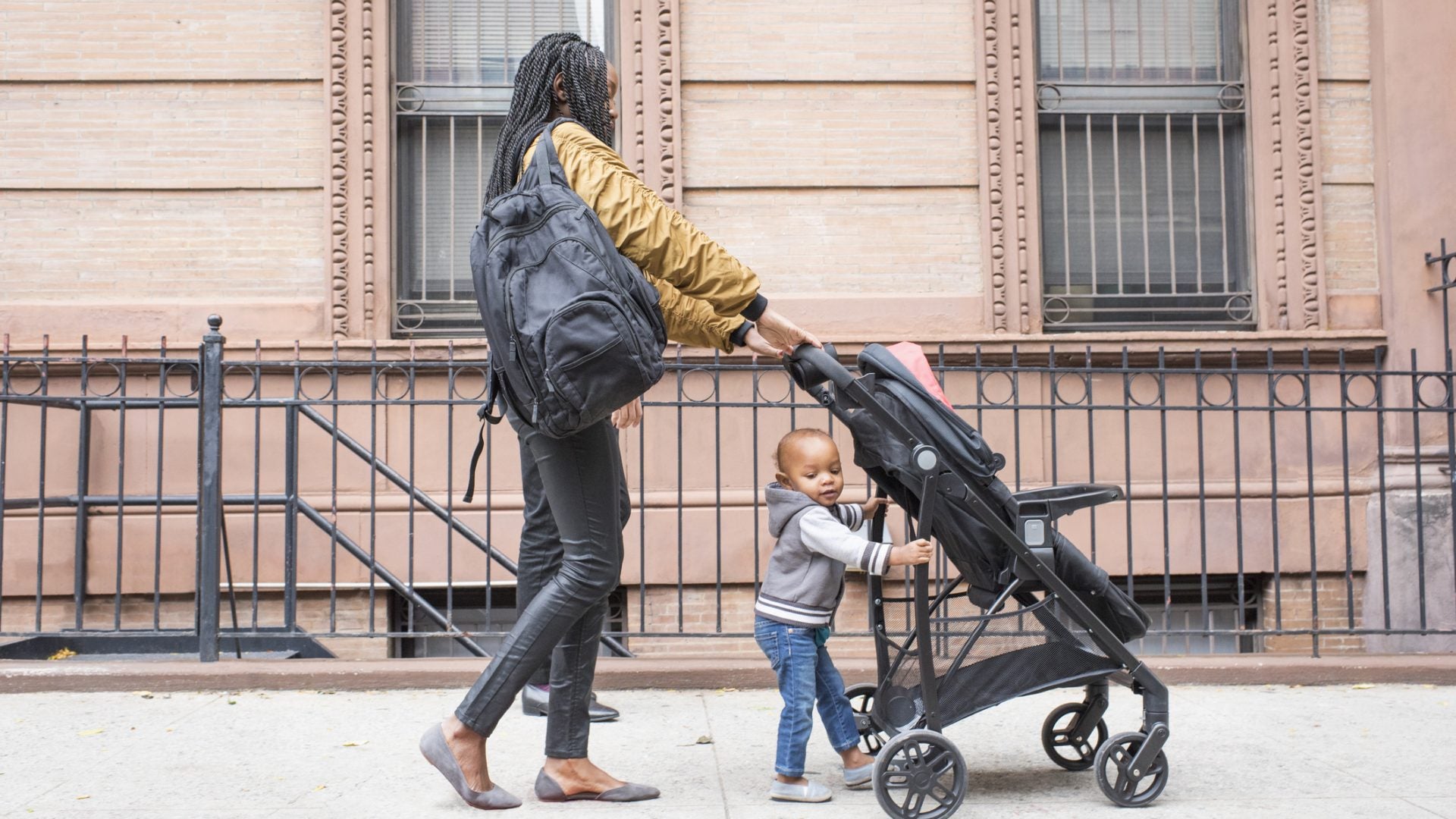
It’s harder for Black Americans born into poverty to break the cycle and escape than their white counterparts.
According to the 2023 State of Babies Yearbook, “approximately three in five Black (62.3 percent) and Native American (61.4 percent) infants and toddlers lived in families with low income.”
Especially concerning is the fact that “one-fifth of all Black and Native American infants and toddlers lived in deep poverty (defined as 50 percent of the federal poverty level), higher than the national rate of 18.6 percent of all babies living in poverty.”
As Patricia Cole, Senior Director of Federal Policy at ZERO TO THREE told ESSENCE, “Right now, America’s babies are more diverse than ever, but the data continues to show clear racial disparities.”
“Our State of Babies Yearbook shows that Black families have the highest percentage of working mothers. However, almost ⅓ of Black families still remain below the poverty line,” Cole continued.
This reinforces what we already know. Data from a 2017 Economic Policy Institute showed that “[n]ot only do Black working moms work more hours than their white and Hispanic counterparts, but they are more likely to work, period.”
In fact, “Black children in stable, two-parent families are more likely to experience poverty and incarceration, and less likely to graduate from college, compared to their white peers from stable, two-parent families,” per the Institute for Family Studies.
This debunks the oft-touted myth around why Black families are poor due to single parent households. The reality is that one of the main reasons, if not central one, for why Black families are poor is because of their race.
“Infants and toddlers shouldn’t face different paths in life simply because of the color of their skin, but research makes clear that poverty and access to resources is sharply divided along racial lines,” said Cole.
“This data reflects that parenting and households are not the reason for poverty, but other reasons like bias, discrimination, and lack of public policies that promote equitable access to economic and other resources as well as the state of residence,” Cole added.
The 2023 Yearbook confirms the need for much-needed policy changes to account for the extreme racial disparities babies of color experience. It outlines five critical priorities that can be acted on at the federal level: maternal health; infant and early childhood mental health; child care; housing; and economic security.